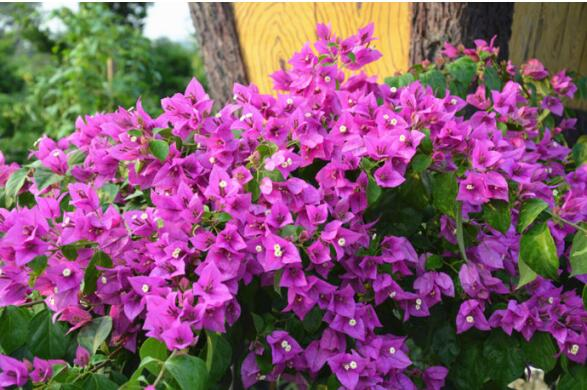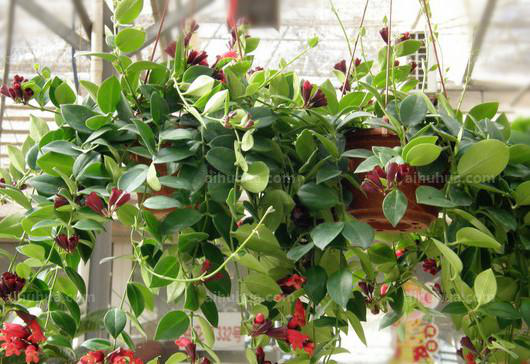Countermeasures for yellowing of Coral vine leaves
Moderate watering
Under the condition of normal growth, it should be watered frequently to keep the soil moist. During the dormant period of coral vines, watering times and measurements should be reduced, and water can be sprayed on the leaves to maintain it.
Full illumination
Put the coral vine in a cool and ventilated place, or to the south of the sun and provide proper shade.
Cut leaves
You can try to cut off its leaves and upper shoots and wait for it to sprout.

After reading the article, have you learned how to make coral vines reproduce? Are you full of confidence in raising a pot of coral vines? Then go and try it! I also hope that the supplementary countermeasures for the yellowing of coral vine leaves will be helpful to your future breeding!
Coral vine reproduction
According to verification, there are two main methods of reproduction of coral vines, sowing propagation and cutting propagation. Let me introduce them one by one.
Sowing and reproduction
Spring and summer are the best time to sow coral vines, because the weather is warmer and the temperature is not very high, and the best temperature for coral vines to germinate is about 24 ℃. The seeds should be soaked in water for four to six hours before sowing to allow the seeds to absorb enough water.
After that, bury the seeds shallowly under the soil for one centimeter. Remember to water the seeds moderately and keep the soil moist at all times. The soil should be a well-drained, fertile, acidic soil rich in humus. In a month or so, the coral vine seeds we sow can take root and sprout.
Cuttage propagation
The cutting propagation of coral rattan is the best in spring. First of all, we should cut off the middle-grade branches of the whole plant, two bundles of length in each section, and remove the lower leaves in the branches, leaving several leaves in the upper part.
Then we can insert the branches into a flowerpot that has been covered with peat and coarse sand, pour enough water, cover the flowerpot with a plastic bag, and place it in a semi-shady environment. In about half a month, the cutting coral vine branches can take root and sprout, and after the new leaves grow, they can continue to transplant.
After breeding the coral vine, you feed the coral vine by yourself, but there are always some situations in the process of breeding the coral vine, such as the yellowing of the leaves. The following editor will teach you how to deal with the yellowing of the coral vine leaves.
- Prev

Prevention and control of diseases and insect pests of saffron
1. Disease. The plants of saffron are strong, and there are few diseases and insect pests. But the summer weather is muggy, if the temperature is not cooled in time, lipstick flowers will suffer from anthrax. The main manifestation is that there are many small spots on the leaves, and then the spots expand into yellowish-brown round spots. During the serious period of the disease, large leaves blacken and dry up and die.
- Next

Control methods of diseases and insect pests of Platycodon grandiflorum
Control methods of diseases and insect pests of Platycodon grandiflorum
Related
- Fuxing push coffee new agricultural production and marketing class: lack of small-scale processing plants
- Jujube rice field leisure farm deep ploughing Yilan for five years to create a space for organic food and play
- Nongyu Farm-A trial of organic papaya for brave women with advanced technology
- Four points for attention in the prevention and control of diseases and insect pests of edible fungi
- How to add nutrient solution to Edible Fungi
- Is there any good way to control edible fungus mites?
- Open Inoculation Technology of Edible Fungi
- Is there any clever way to use fertilizer for edible fungus in winter?
- What agents are used to kill the pathogens of edible fungi in the mushroom shed?
- Rapid drying of Edible Fungi

